Most of us recognize the graph of \$I_C\$ against \$V_{CE}\$ for different base currents (\$I_B\$): -
And, ideally (as we are taught and believe) we would prefer the "constant current" part of the graph to be as flat as possible but, if we had a free-hand in choosing the "perfect" characteristic (irrespective of whether it could be manufactured or not), would we choose a different shape to the plots above?
I'm only thinking about a linear class A single output transistor audio amplifier.


